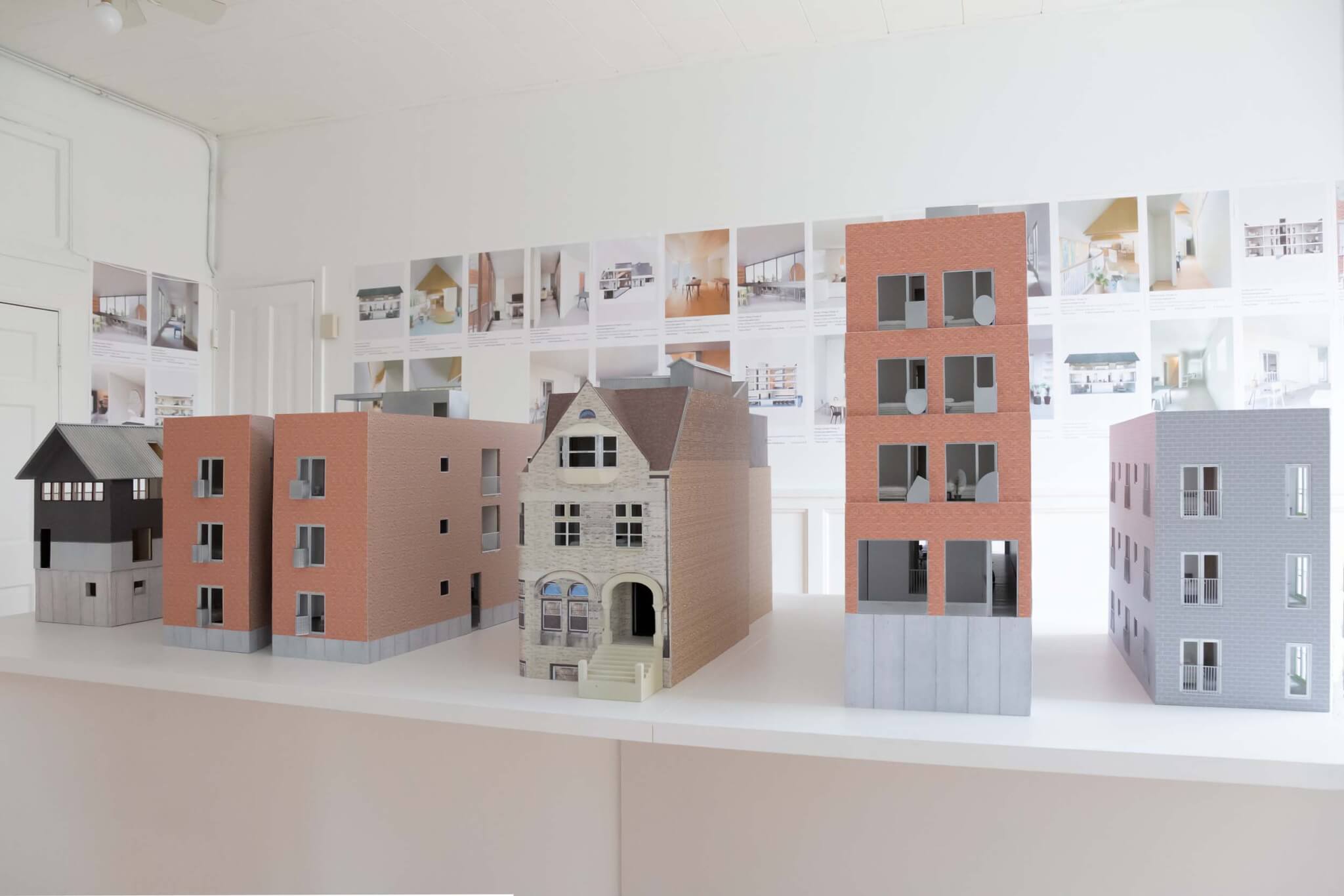Table of Contents
On 13 October 2022, the IP and Commercial Court docket issued a ruling on a entirely novel challenge in Taiwanese IP litigation: copyright of inside design. Though it continues to be to be viewed regardless of whether the selection will be appealed, it functions as a important reference for the challenge.
The circumstance was very first brought by LDC Resorts & Resorts in 2014 from Sheraton Taitung Hotel, with regard to the interior style and design of the latter’s resort rooms. LDC argued that Sheraton Taitung’s actions constituted copyright infringement underneath Taiwan’s Copyright Act and ended up a violation of the Good Trade Act.
Circumstance track record
LDC asserted that Sheraton Taitung copied the one of a kind inside patterns of resort rooms at the Palais de Chine, a five-star resort that it owned and operated. It claimed that Sheraton’s chairman experienced stayed in the lodge for two nights, right after which Sheraton Taitung was renovated. While these adjustments were being having put, the chairman and various personnel returned to the Palais de Chine, getting pictures and measurements of multiple rooms. LDC ultimately argued that interior layout falls below the label of ‘architectural work’, set out in the Copyright Act.
In response to LDC’s claims, Sheraton Taitung introduced a few main arguments. First, the chairman only stayed at Palais de Chine to observe the inside layout, which is conventional practice in the market, and that only part of the household furniture was used as a reference for upcoming purchases. Second, hotel home inside layout does not drop within just the scope of ‘architectural work’ below the Copyright Act, as this definition refers to a building’s composition and exterior overall look. 3rd, it claimed that most of Palais de Chine’s space layouts were being possibly imitations of overseas layouts or were being quite frequent configurations in the field. Hence, LDC’s designs lacked originality and could be very easily replicated by incident.
Preceding court docket selections
There have been a few suitable rulings in this case in advance of the most recent determination:
- the 1st-occasion ruling issued by the IP and Business Courtroom on 14 September 2018
- the second-occasion ruling by the very same court docket issued on 19 September 2019 and
- a Supreme Court ruling issued on 20 January 2021.
The to start with and next-occasion rulings the two held that the Copyright Act can in fact protect interior style and design, as this falls inside of the scope of what is deemed architectural get the job done. Even so, the two rulings attained distinctive conclusions with regard to LDC’s copyright assert. The initially-instance ruling held that the copyrightable creative perform is the interior design and style “of Palais de Chine as a whole” – the style and design of individual resort rooms can’t independently qualify for copyright security. The 2nd-instance ruling adopted a different see: the interior layout of specific hotel rooms can in actuality be secured as architectural get the job done. Centered on this, the courtroom in comparison the design and structure of the hotel rooms and ruled that Sheraton Taitung experienced in fact copied and infringed the interior style and design of Palais de Chine’s hotel rooms.
Sheraton Taitung appealed this finding at the Supreme Courtroom, which remanded the case, stating that even more investigation was demanded. It need to be observed that the Supreme Court did not disagree with the former summary that interior style could be protected beneath the Copyright Act. The October 2022 ruling was yet another next-occasion overview, made as a end result of the remand.
The IP and Commercial Court’s selection
The Oct 2022 ruling reaffirmed that inside style can be protected as architectural do the job, but in this instance, the IP and Business Court adopted a new methodology to review the lodge rooms. Home furnishings, decorations, and frequently observed area arrangements would be excluded from the scope of protection. Based on this solution, the ruling located that although the household furniture and decorations of Palais de Chine’s lodge rooms were authentic, they ended up irrelevant when considering the definition of ‘architectural work’ and consequently could not be secured below the Copyright Act. Even further, the style and design of rooms was identified to stick to the common space structure witnessed in the course of the hotel small business, so this also did not high-quality as copyrighted architectural perform. In sum, LDC’s statements of copyright infringement had been unfounded.
On the lookout ahead
From these court rulings, it would seem that the scope of what constitutes ‘architectural work’ less than the Copyright Act has been broadened to include inside design and style. Nevertheless, the variety of approaches taken emphasize that the precise methodology applied to evaluate is still considerably from experienced. Regardless of uncertainties at this stage of the dispute, the way that the comparative technique has made all through the circumstance will have major implications for similar long term situations.





More Stories
The Japandi Style: A Harmony of Japanese and Scandinavian Design
Kwong Von Glinow integrates model making into its design process
The important function of rugs in inside design and style